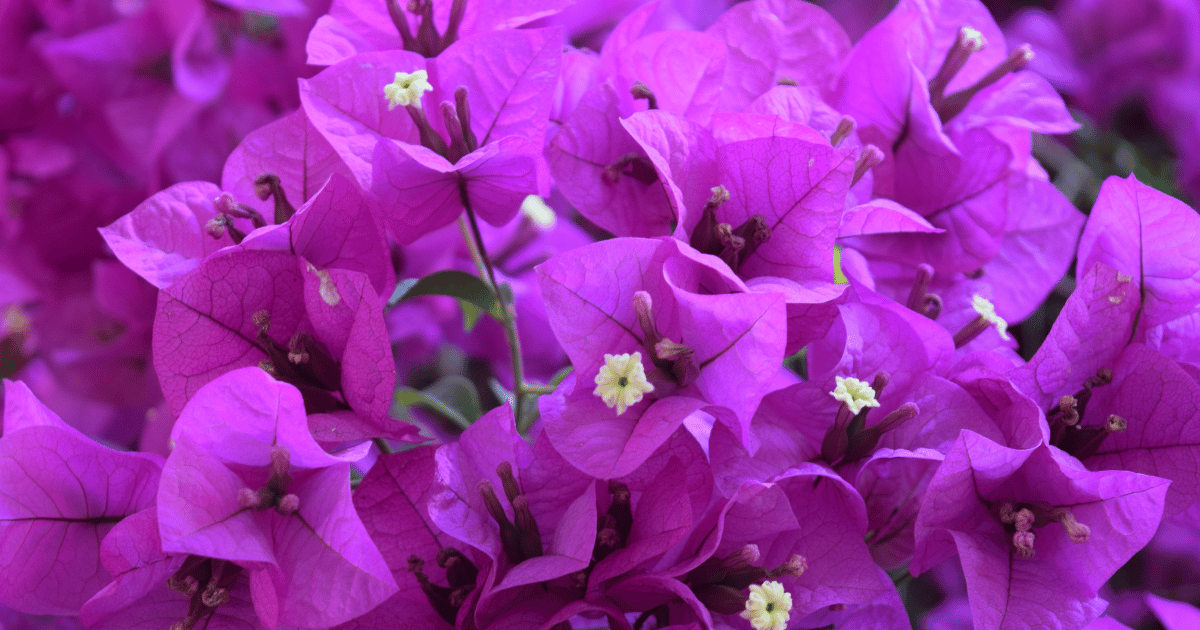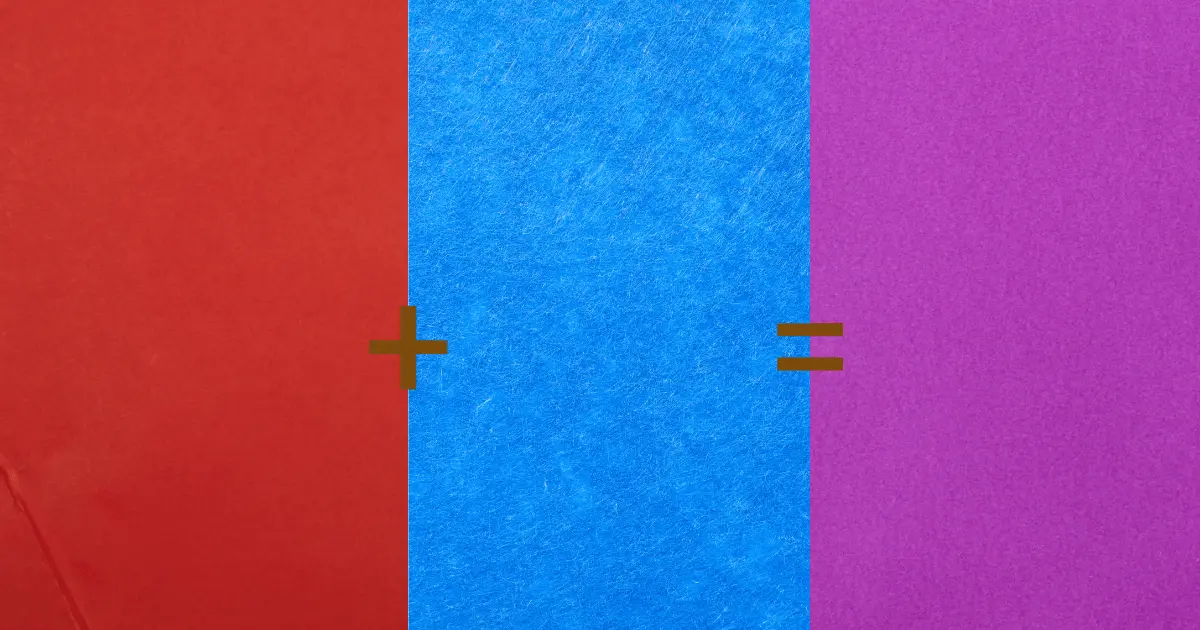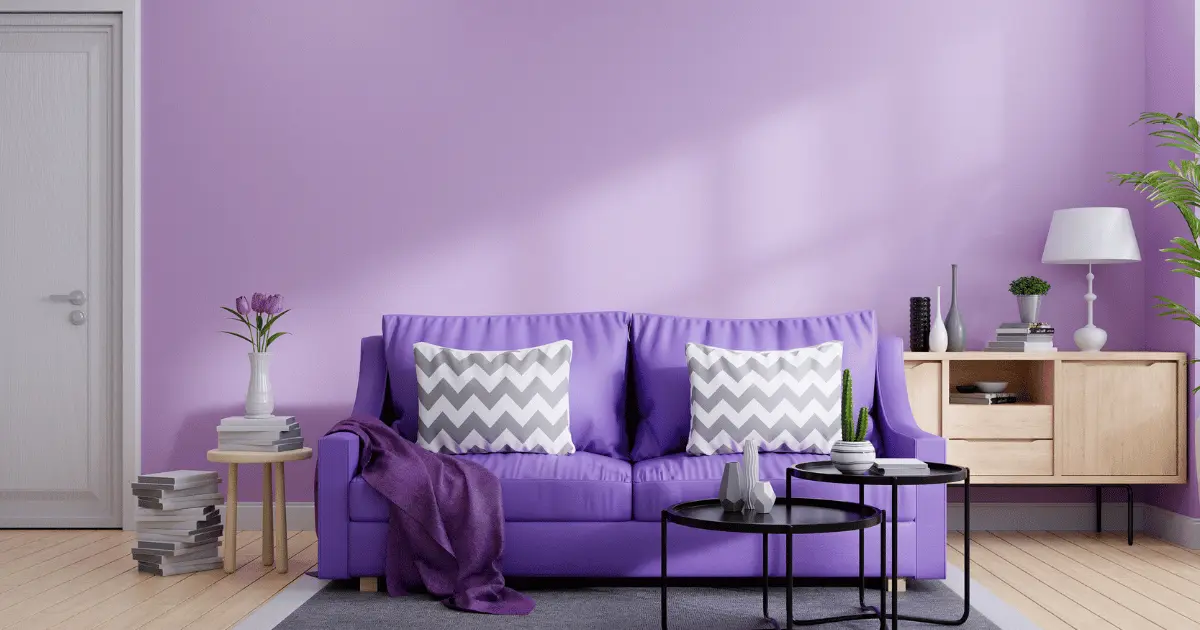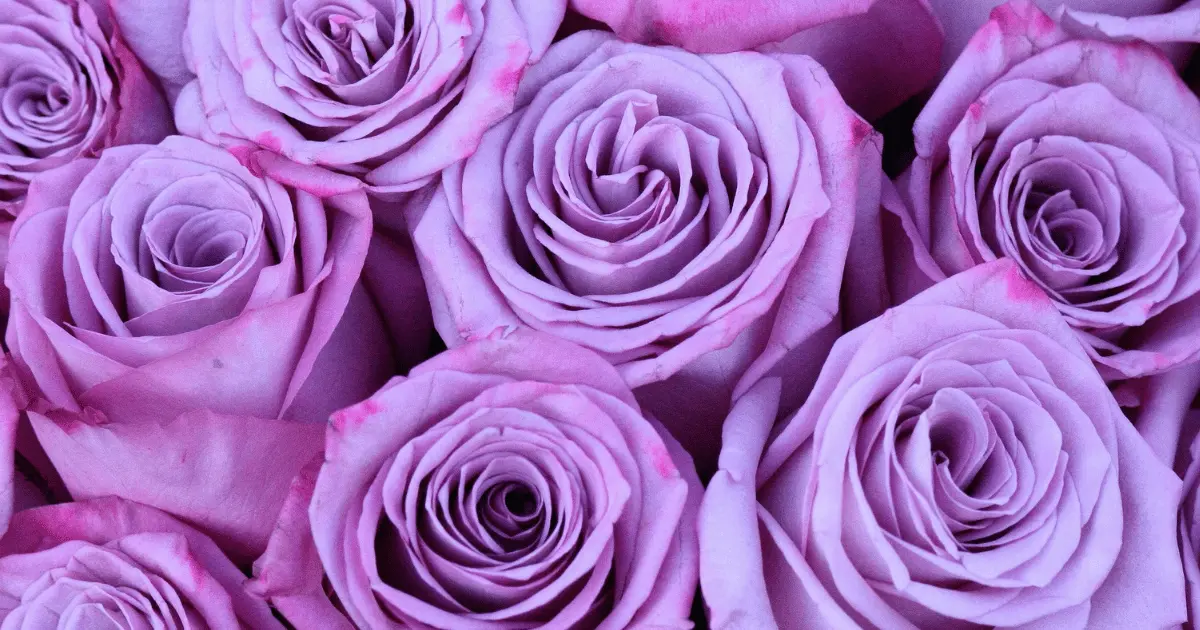Colors speak volumes, and purple sends weights of messages you cannot overlook. This color has a vibrant history, widespread among the cream of the society and arts. Nowadays, this color has secured its spot in our houses, wardrobes, and events to celebrate love.
This article exclusively highlights everything about creating your perfect shade of purple. You will understand how to use this bold color to boost your audience and business and confidently make a fashion statement.
The Rich History of The Color Purple

Our ancestors did not have the privilege of familiarizing themselves with purple. This is because it was relatively rare in nature; You could guess that they barely had the chance to eat eggplant.
The scarcity of this color contributed to how valuable it was back then. You would most like to find wealthy or influential people adorned with fabrics of this color due to how pricey it was.
The emergence of purple started with a discovery by the Phoenicians who inhabited the city of Tyre (now Lebanon). They manufactured purple dye from a spiny sea snail. This production required the lives of thousands of snails, but yet, only a small amount was produced. It would have been more expensive than gold itself.
The rarity of this color spurred great interest among royals and the wealthy. Ancient and spiritual leaders believed that some divinity was attached to purple: only priests or people who led spiritual ceremonies.
Interestingly, the use of the color purple had limitations with the full backing of the law. In 1547, the Earl of Surrey, Henry Howard, was found guilty of high treason because he wore a color meant for the king. You guessed right; it was purple. During the Elizabethan period, oy those with royal blood were allowed to wear purple clothing.
You might wonder how the color became reasonably available to all and cheaper. An experimental mistake by eighteen years old British Chemist William Henry Perkin led to the creation of purple dye. In an attempt to create an antimalarial drug, quinine, a random beautiful dye was synthesized.
This young chemist was smart enough to realize how important it would be in the market and started mass production of this dye as aniline Purple.
Science of The Purple Color
The property of objects which makes them visible to us is the reflected light waves that are not absorbed. This property also defines the way we see colors. If an object reflects all the light waves, we see it as white, but it is visualized as black if it absorbs all light waves.
How, then, can we differentiate between colors or recognize the color purple? This is because some objects would reflect certain light waves based on their wavelength. We can describe a wavelength by comparing its definition to the wave of an ocean. Wavelength is the distance between two crests, the highest and lowest point of a wave.
Our eyes can uniquely measure different wavelengths of light bounced off an object, which helps us define colors. One of the primary colors from which purple is made is red. Red has one of the highest wavelengths (about 700 nanometers) on the light spectrum, and this quality gives it its characteristic warmth. Blue, with a wavelength of 450 nanometers, is also a component of the color purple.
The combination of these two colors, red and blue, ensures that an object absorbs all other colors except those whose wavelengths fall between 700 and 400 nanometers. The mixture of these two colors would ensure that its precise light waves are reflected, causing it to give off the color purple.
Is Violet The Same as Purple?

Purple and Violet are placed next to each other on the color wheel, and they lie between red and blue, making it easy for people to confuse them as the same color. However, the defining factor is that purple is closer to red, while Violet is closer to blue.
Also, purple is created by combining two colors or two different wavelengths, but Violet is a single color giving off its wavelength on the light spectrum.
Color Bias When Making Purple
Color bias is also known as undertone or overtone. It considers colors whose hue leans towards a neighboring color on the color wheel. For example, you could have yellow with a green undertone or a green bias. This little feature is essential when making secondary and tertiary colors.
Mixing primary colors with the same color bias or undertone will give you a pure secondary color. However, you can still mix colors of different undertones. You are free to play around with colors if you feel the need to explore. But to get your perfect shade, do consider the color bias.
What Colors Make Purple?

Purple is created from two primary colors; red and blue. The quantity or ratio of these two colors would determine the shade of the purple color. To make a pure and vibrant purple color, you must use reds such as spectrum crimson. Also, warmer blues, like indanthrone blue, ultramarine blue, and cobalt blue, are ideal for creating the best shade of purple.
Making Cooler Purple Colors
The creation of the purple would only be complete by considering the effect of color temperature on the final result. To make a cool shade of purple, add more blue to it. Be careful to add just a little blue at a time because a small amount can make a huge difference. If you start adding too much blue, you will need to go through the stress of adding more red to bring it to your desired shade.
It would be best if you used the same shade of blue used to make your preferred purple shade to make it cooler. For example, if you used Prussian blue to make your original purple color, it is advisable to use that same blue to give such purple a cooler temperature.
Making Warmer Purple Colors
To make warm purple, add a warm color; the best option is red. As I mentioned, use the same red to make the original purple color to increase your color temperature. For example, if crimson red was used in creating purple, do well to use that same color to create a cooler shade of purple.
Also, remember to start by mixing the colors in small amounts to avoid getting an unpleasant shade of purple.
How to Get a Muted Shade of Purple
You might desire a purple shade with a rich hue or, better put, muted shade to create realistic paintings or help vibrant colors pop better. After creating a bright purple shade, it is possible to get it muted, which would help you manipulate colors like a pro.
If you wish to mute any vibrant color, you can add a little quantity of the color’s complement. For purple, look out for a color directly opposite it on the color wheel; that opposite color complements the color purple. Looking closely at the color wheel, you would agree that the contrasting color to purple is yellow. To mute your purple color, add small amounts of yellow to make it pop less.
A color complement’s temperature also affects the muted result’s warmth. In the case of purple, a warm yellow, which tends towards orange, will keep your muted purple color relatively warm, while a cooler yellow color will mute your purple and keep it cool.
It is also essential to know that every shade of purple on the color wheel has its complement or yellow shade. This understanding will help you intelligently mute any shade of purple without wasting much time.
How To Make Purple: Tints and Shades
Various shades and tints of purple are created by adding black and white to the original color. A shade of any color is created by adding a careful amount of black, while a tint is made by adding a careful quantity of white
.An excellent example of a tint is pink, which is made by adding white to red. When you mix a vibrant purple color with white, you will get a tint. The brightness of the resulting purple color is determined by the quantity of white or black in it; this term is called saturation.
There are about six red tints of purple made by mixing blue with a higher ratio of red and white. These colors are Orchid, Magenta, Red Violet Fuschia, Heliotrope, and Merlot. Also, blue tints of purple are made by mixing red with a higher ratio of blue and white. These colors are blue-violet, lavender, periwinkle, amethyst, indigo, and lilac.
Cultural Meaning of Purple
Different cultures and societies have their unique interpretation of the color purple. For most western cultures, purple symbolizes wealth, influence, and royalty. In Brazil, this color symbolizes death or mourning, and Catholic priests use purple robes a day before easter to mourn the crucifixion of Christ.
In most Asian cultures, purple symbolizes nobility, immortality, and the existence of a supreme being. It is also used to depict love or intense romance; it is believed that using purple in your home would attract love.
In Africa, the purple color symbolizes wealth and royalty. In other African cultures, purple is used to depict the strength and uniqueness of womanhood.
Biblical Meaning of Purple
In the bible, purple was peculiar to high officials or priests who led people to worship God in the temple. This color was used to decorate the curtains of the tabernacle. Purple also symbolizes royalty, and one of the pieces of evidence in the bible was when soldiers draped Jesus with purple during his crucifixion.
Meaning of Purple According to Color Psychology
Purple signifies a reawakening of divinity. In the visual interpretation of the seven deadly sins, purple represents pride, vanity, and greed, and it also depicts bravery, boldness, diligence, and financial capability. Purple is one of the prominent colors used to support the LGBTQ movement. It also portrays the strength of feminity and equality.
Common Uses of Purple Color

This color is perfect for creating a beautiful and relaxing interior. You can use it in your home to boost your mood. You can paint your walls a soothing, muted shade of purple and have your doors a bright shade of lavender. To finalize this look, arrange white sofas strategically and add beautiful shades of purple throw pillows from light to dark.
You can maximize the beauty of purple with green for your garden by using purple flower pots and planting beautiful, sweet-smelling flowers.You cannot go wrong with this great color for your wardrobe.
You could rock purple either casually or formally. You could rock on days you wish to look less serious and remain stylish and relaxed with a purple sweatshirt with jeans and a lavender bucket hat. A monochrome purple fitted gown with silver heels and jewelry is an attractive option for a more formal look.
You could rock purple accessories like purple ties in your luxury suit for men. You could also wear a clean Lilac shirt with black pants and a black wristwatch to accentuate your aura of masculinity. A dark-colored suit also looks great on men, giving them a sophisticated aura.
What is The Perfect Combination For Purple
There is a beautiful array of colors that work perfectly well with purple. Colors you can confidently pair well with purple include; pastel pink, white, lemon green, gold, beige, black, red, and a host of others. You are free to explore other colors which I did not mention. Bring out your creativity by applying purple in any way you can express yourself with colors.

